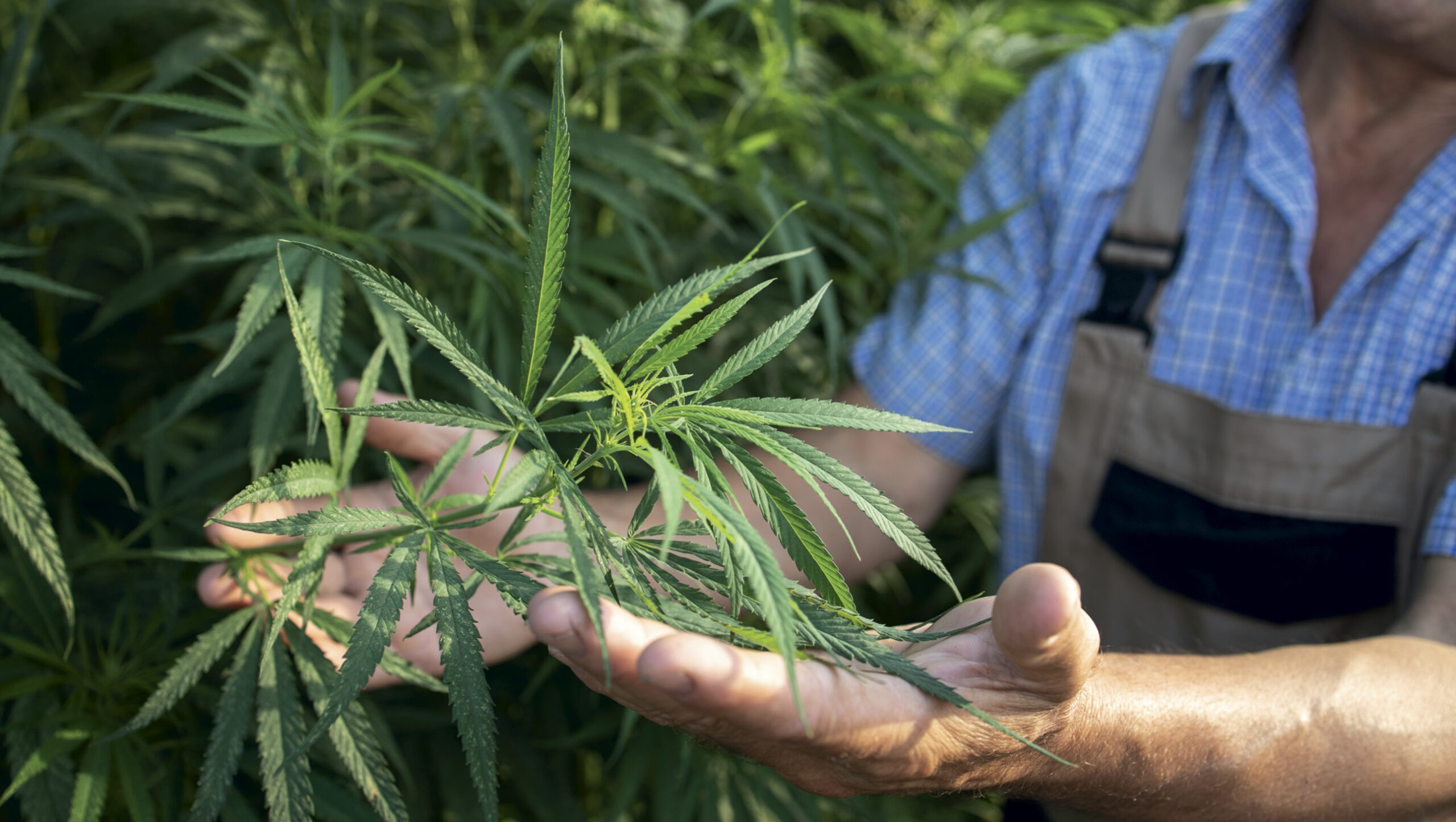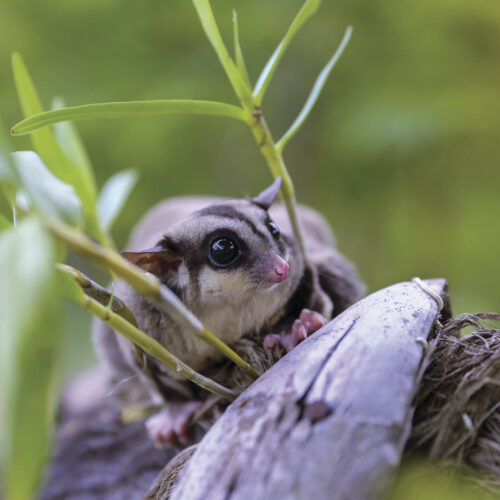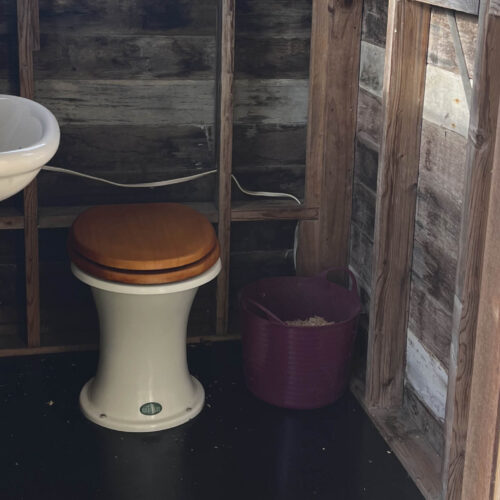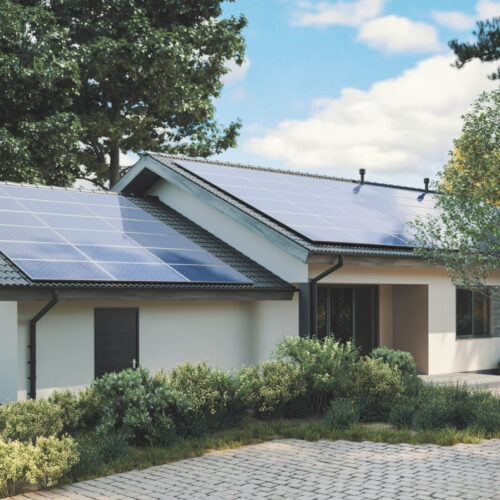Herculean hemp
2022-01-10T06:34:33+11:00
Hemp is the Hercules of the plant world – a remarkable drought-resistant crop that offers environmental benefits for future farming, writes Reese Halter.
Cultivating hemp has enriched Mother Earth and humans since the dawn of farming, 12,000 years ago. Relatively gentle on the land, insect-friendly and fast-growing, hemp has everything going for it to help us carefully and smartly move forward in the 21st century.
Hemp has many environmental benefits over other textile and food crops (such as cotton, canola, soy and sunflower), starting with its frugal water footprint – less than one-third that of cotton. In Australia, especially along the Murray-Darling Basin, that’s an enormous plus, especially in a warming, drying world.
Also, most conventional cotton seeds are coated in systemic neonicotinoid insecticides, which according to the French National Centre for Scientific Research (CNRS) are fatal to frogs, birds, fish, bees, hoverflies, earthworms and many other creatures.1 Hemp, on the other hand, grows so quickly there is no need for herbicides and its leaf phenols and terpenes are unpalatable for pests. It’s a tough plant that’s well suited to Australia’s inhospitable environment.
Also, hemp’s large, deep, root system makes it an ideal crop for rotation because it returns potassium and nitrates to the soil thereby precluding the use of fossil fuel-based chemical fertilisers. Its deep taproot seeks water that other crops cannot access and it aerates soils, improving structure and texture. Cultivating hemp using regenerative and organic farming methods not only enhances soil fertility, but also boosts the growth of other crops. Hence it has the potential to intercrop well with turnips, hops, nettles, lupine, Brussel sprouts, broccoli, mustard and corn. Unfortunately, as it’s medicinal value becomes better known, it has begun to be grown on an industrial scale in some parts of the world, especially the US.
Of course hemp has a long history of human use. Alas, a misunderstanding of the Cannabis sativa plant and the very different strains, meant that hemp was lumped under a US ban on cannabis that was then adopted internationally. A major tragedy when you think of the incredible damage cotton has done to the land, and the myriad benefits of hemp that have been made unavailable. Luckily, restrictions on growing hemp commercially are loosening and it is coming back into vogue. For more on this, see Justin Russell’s article ‘The Resurgence of Hemp’ on our website: organicgardener.com.au.
Wearing hemp
As a textile, hemp is heavenly and the clothing industry is steadily opening its arms for its use. It’s a grand alternative to cotton. Its fibres are durable but soften over time so your favourite socks, tees, daks, linens, towels and bathrobes will hold their colour and last much longer than those made from cotton. Essentially, textiles made of hemp’s fibres help keep you cool when it’s hot and warm when it’s cold, as well as helping to protect you from UV radiation.
</p>
Hemp clothing can be difficult to find in conventional stores but an online search brings up plenty of options (often combined with organic cotton), including bedding (hempclothingaustralia.com; patagonia.com.au; and thrills.co, to name a few).
Food and health</h4>
Hemp has wonderful food and medicinal properties. Its seed, botanically known as a nut, is crammed with unsaturated fats, including two essential fatty acids, linoleic acid (omega-6) and alpha-linoleic acid (omega-3), as well as gamma-linoleic acid (GLA). It’s endowed with proteins, vitamin E and minerals, such as phosphorus, potassium, magnesium, sulphur, calcium and zinc. In a nutshell, this seed is a formidable powerhouse.</p>
Pressed hemp seeds make nutritious milk that is the go-to for many vegans. Mild nutty-flavoured seeds can be eaten raw or toasted. I generously sprinkle them over my daily salads. And as a treat, I bake the seeds at low temperature for 10 minutes then lightly dust them with powdered cinnamon. Scrumptious.
Medicinally, studies have shown hemp oil can help with relief from anxiety, insomnia, nausea, seizures, inflammation, skin disorders, Staphylococcus aureus and some comfort from chronic pain.2 It’s a medicine that deserves its place in your cabinet.
There is an ever-expanding range of hemp food and health products in wholefood stores.
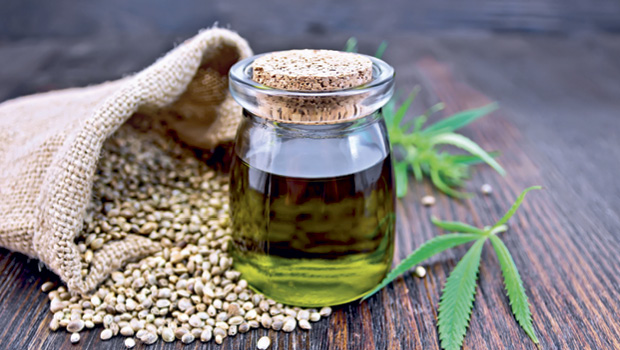
<h4>Building
Hemp is a terrific carbon-sequestering crop. It’s used to make a robust building material (hempcrete), as well as a durable non-bleached paper and a viable substitute to plastic.
A mixture of hemp, lime and water can be shaped into hempcrete bricks that continue to absorb carbon dioxide as they cure.3 Interlocking load bearing bricks enable a fast and easy construction of two-storey dwellings. Also, hempcrete doesn’t burn. In fact, its excellent fire resistance rating makes it suitable for fire separation walls. Acoustically, hempcrete offers superb peace and quiet enjoyment for its inhabitants. Its exceptional thermal insulation value reduces heating and cooling costs by as much as 70 per cent.
Hempcrete also regulates indoor humidity by keeping both mildew and mould out. In addition, termites don’t like it.
Paper
Hemp also has broad enough shoulders to carry the paper product industry at a crucial time in human history to protect the incomparable climate-stabilising native forests. Paper from hemp is durable and beautiful, with approximately one acre of it can produce as much paper as 4-10 acres of trees over a 20-year cycle.
It’s ideal for paper because it grows quickly, 10 weeks versus 1040 for trees, and it produces a much higher concentration of fibres, or cellulose, than trees. Hemp paper doesn’t yellow (because it contains no lignin) or crack as easily as wood paper. Paper from hemp is an excellent alternative to chainsawing trees. Lastly, hemp can be fashioned into a biodegradable plastic-like material. Bonanza!
Bee benefits
Cultivating fields with wind-pollinated hemp offers ecological benefits for our buzzing sistren, the bees. Male plants are prodigious pollen producers. The sweet hemp pollen is packed with protein and attractive to native and European bees. A mixture of pollen and honey, known as bees’ bread, is fed to larvae. Bees’ bread contains lactic acid bacteria that ferment the pollen to make it more nutritious, digestible and mould-resistant than raw pollen. Hemp pollen can help build smart bee brains and strong immune systems. Hemp plants flower late in the summer when other floral resources may be waning. Hence, hemp could be an important source of pollen for bees preparing for the autumn and winter. Since hemp is not dependent upon the use of pesticides its pollen is a safe source of uncontaminated protein for bees.
Toxic repair
As if those were not impressive enough traits, hemp is a tremendous phytoremediator. Its extensive root system excels at mopping up contaminants such as lead, cadmium and nickel left by miners. Since Australia has some 60,000 abandoned mines,4</sup> hemp offers an inexpensive option for cleaning up that residual toxicity. To its credit, hemp has effectively decontaminated the radiated heavy metals in fields surrounding the 1986 Chernobyl nuclear disaster.5
References
1. ‘No doubt that neonicotinoids are killing birds, bees, scientists say’;
cbc.ca/news/politics/pesticide-bee-bird-deaths-neonicotinoids-1.4296357
2. ‘Formulation, Characterization and Properties of Hemp Seed Oil
and Its Emulsions’; ncbi.nlm.nih.gov/pmc/articles/PMC6154611/
3. ‘Life cycle assessment of a hemp concrete wall: Impact of thickness and coating’; sciencedirect.com/science/article/abs/pii/S0360132313003247
4. ‘Mining report finds 60,000 abandoned sites, lack of rehabilitation and unreliable data’; abc.net.au/news/2017-02-15/australia-institute-report-
raises-concerns-on-mine-rehab/8270558
5. ‘Back to Chernobyl’; newscientist.com/article/mg16221810-900-
back-to-chernobyl/

